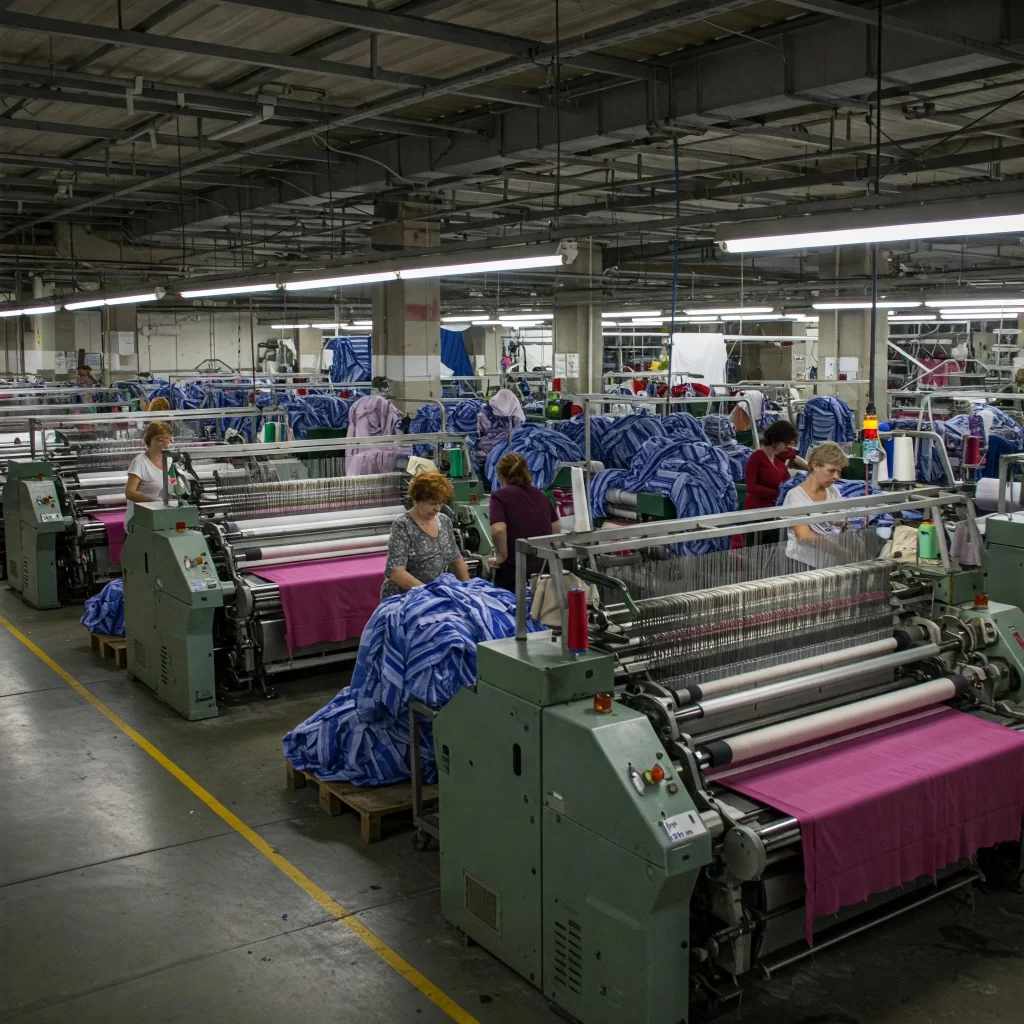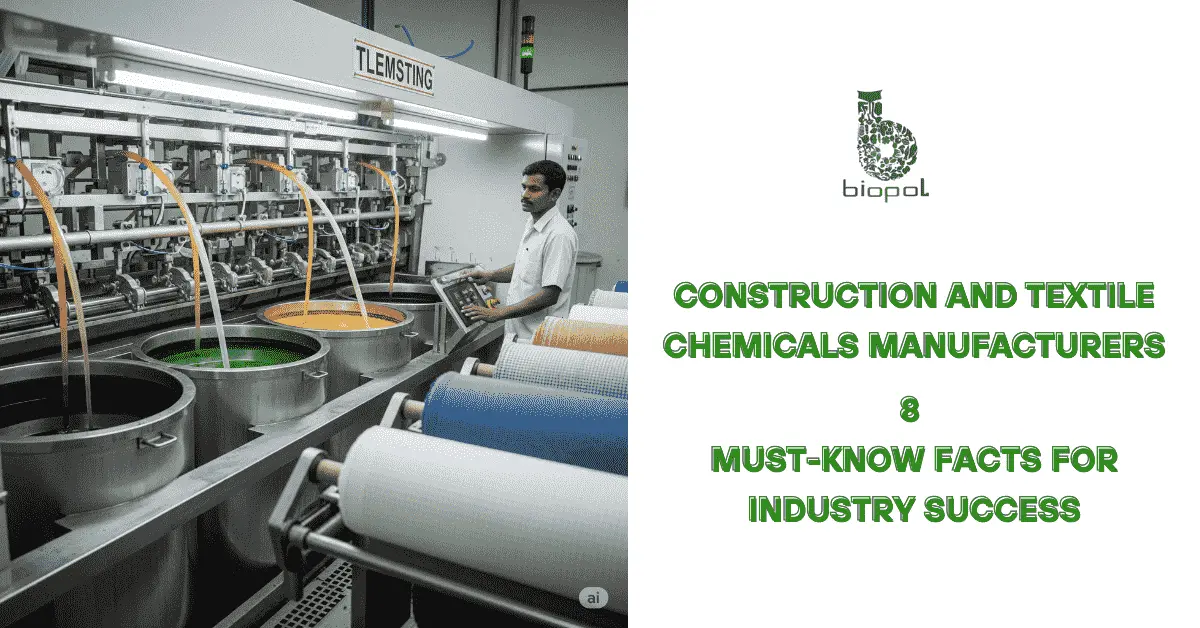
Table of Contents
Textile Chemicals Modifier: Enhancing Fabric
Imagine fabrics that not only look good but also perform exceptionally. Textile chemical modifiers are the key. These substances, applied to fabrics, alter or modify their fundamental properties, enhancing performance, durability, and aesthetics. A solid grasp of the base textile chemicals modifier is very helpful, as its application significantly improves durability, water resistance, and colorfastness.
Types of Textile Modifiers
The classification of textile modifiers is predicated upon their functional impact on fabric properties. Softeners, as one distinct category, operate by diminishing fabric rigidity, thereby yielding a more pliable and comfortable material. Conversely, strength enhancers augment fiber integrity, conferring enhanced resistance to wear and tear. Flame retardants constitute another category, providing protection against ignition.
Antimicrobial agents function by inhibiting microbial proliferation, a critical attribute for applications necessitating stringent hygiene standards. Water repellents establish a barrier against moisture penetration. Additionally, UV absorbers mitigate degradation from solar radiation. Each modifier type addresses specific performance requirements.
The following table outlines the various modifier types, their functions, and their common applications.
| Modifier Type | Function | Application |
| Softeners | Reduces fabric rigidity | Apparel, home textiles |
| Strength Enhancers | Reinforces fibers | Industrial fabrics, workwear |
| Flame Retardants | Inhibits ignition | Upholstery, safety gear |
| Antimicrobial Agents | Inhibits microbial growth | Medical textiles, sportswear |
| Water Repellents | Creates moisture barrier | Outdoor clothing, tarpaulins |
| UV Absorbers | Protects from sun damage | Outdoor fabrics, automotive textiles |

Improves Durability, Comfort, and Aesthetic Appeal
The implementation of textile modifiers yields multifaceted benefits. Here is a breakdown of benefits:
| Benefit | Manufacturer Impact | Consumer Impact |
| Durability | Reduced material waste, extended product lifespan | Prolonged garment lifespan, resistance to wear and tear |
| Comfort | Access to niche markets demanding high-performance fabrics | Enhanced tactile experience, increased wearability |
| Aesthetic Appeal | Increased product value through enhanced properties | Sustained visual quality, color retention, resistance to fading |
The strategic application of these modifiers is key. It adds value to textile products. This benefits both producers and end-users.
Advanced Textile Finishing Techniques
Modern textile finishing processes have seen significant advancements. Here is a table providing information on advanced techniques:
| Technique | Modifier Integration | Outcome |
| Plasma Treatments | Surface-specific modifiers | Altered surface properties, enhanced adhesion |
| Nanotechnology | Embedded modifiers within fibers | Improved performance without bulk property changes |
| Encapsulation | Controlled release modifiers | Long-lasting effects, sustained functionality |
These advanced methods enable the creation of high-performance textiles. They meet the demands of specialized industries. They also meet the demands of everyday consumers. Innovation drives these techniques. It improves fabric quality and functionality.
Eco-Friendly and Sustainable Modifiers: The Future
The textile industry faces increasing pressure to adopt sustainable practices. This shift impacts chemical modifier development. I observe a strong trend towards eco-friendly alternatives. Manufacturers now prioritize modifiers derived from renewable resources. They also favor those with reduced environmental impact. Biopolymers, for instance, offer a sustainable alternative to traditional petroleum-based modifiers. These biopolymers materials degrade more readily, thus harming the environment for a lot lesser duration of time. They reduce long-term environmental burdens. Closed-loop systems are also gaining traction. They minimize waste and resource consumption.
Here is a comparison of traditional versus sustainable modifiers:
| Feature | Traditional Modifiers | Sustainable Modifiers |
| Source | Petroleum-based, synthetic | Renewable resources, biopolymers |
| Environmental Impact | High pollution, slow degradation | Reduced pollution, faster degradation |
| Resource Consumption | High, non-renewable | Lower, renewable |
| Waste Management | Difficult, hazardous waste | Easier, biodegradable |
The adoption of sustainable modifiers is no longer a trend, but a necessity. Regulatory bodies are intensifying environmental standards, and consumers are demanding responsible practices. Innovation within green chemistry will be the driving force behind the future of textile modifiers, providing solutions that effectively balance performance requirements with ecological integrity.
Choosing the Right Textile Modifier
Selecting the appropriate textile modifier is a crucial decision. Here are key factors to consider:
Desired Performance Characteristics: For example, water repellency, fire resistance, or softness.
Fabric Type: Natural vs. synthetic fibers.
Intended Application: Apparel, industrial, or home textiles.
Compatibility: Interaction with existing manufacturing processes.
Application Method: Padding, spraying, or other techniques.
Regulatory Compliance: Adherence to safety and environmental standards.
Cost-Effectiveness: Balancing cost with performance benefits.
Desired Performance Characteristics: For example, water repellency, fire resistance, or softness.
Careful evaluation of these factors ensures the selection of a modifier that optimizes fabric performance. It also maximizes product value.

Where to Buy High-Performance Textile Modifiers
Acquiring high-performance textile modifiers requires sourcing from reputable suppliers. It is crucial for quality and consistency. Below are your options and considerations attached to them:
| Source | Advantages | Considerations |
| Direct Manufacturers | Specialized solutions, custom formulations, large-volume orders | May have higher minimum order quantities, limited product range |
| Distributors | Broad product selection, flexible order quantities, serve various industry segments | May have less specialized knowledge than manufacturers |
| Online Marketplaces | Global supplier access, competitive pricing, easy comparison and purchasing | Quality control can vary, longer shipping times, potential for counterfeit products |
| Trade Shows and Industry Events | Direct supplier interaction, showcase of new technologies, networking opportunities | Limited availability, requires travel and time commitment |
When selecting a supplier, prioritize factors such as product quality, reliability, and technical support. Seek suppliers with strong reputations. Verify certifications and compliance with industry standards. Secure samples before large-scale purchases. This ensures compatibility with existing processes.
Conclusion
Textile chemicals modifier are essential tools for enhancing fabric performance. They address diverse needs, from durability to aesthetic appeal. Choosing the right modifier is a strategic choice. It requires careful consideration of fabric type, intended application, and regulatory compliance. The shift towards sustainable modifiers reflects a growing industry consciousness. This prioritizes environmental responsibility. Sourcing from reputable suppliers is vital. It guarantees product quality and consistency. Whether you seek to improve garment longevity or develop specialized industrial textiles, the right chemical modifier can unlock significant value. Consult with experts to navigate the selection process. Investigate potential suppliers. Prioritize quality and sustainability. Action now will lead to optimized textile products.
Also Read: Textile Chemicals: The Secret Sauce Behind Your Clothes

